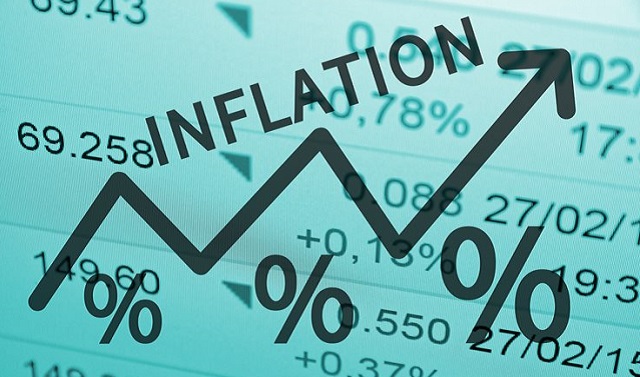
Why the misery index has a role to play in assessing the state of an economy and success of policy
COMMENT | KOICHI HAMADA | The United States, Europe, and Japan are all making positive economic strides. In the U.S, the unemployment rate is falling, and now stands at just over 4%. Unemployment remains high in the eurozone, at close to 9%, but that still represents significant progress from the past decade or so. And Japan has achieved virtually full employment, with labour demand so high that new graduates are able not just to find jobs, but to choose them.
Yet there is one key area where progress seems to be lagging: inflation. While the U.S. consumer price index reached 2.2% in October, the European Central Bank and the Bank of Japan have so far been unable to meet their targets of roughly 2% inflation, with the eurozone’s average annual price growth hovering around 1.5% and Japan’s firmly lodged in the 1% range.
There are good reasons to strive to meet the inflation target. Money markets would be rid of near-zero interest rates. Concerns about currency appreciation damaging export competitiveness would be assuaged, as globalisation and artificial intelligence continue to create competition for workers. And the expansionary monetary policy pursued by the world’s major central banks in recent years would be vindicated.
Yet when it comes to ordinary people’s wellbeing, meeting the inflation target is not always the best option. Of course, reining in high inflation is beneficial, as it preserves the value of existing money. But raising below-target inflation to 2% leaves people worse off, as it causes their savings to lose value continuously, thereby undermining their prosperity.
The late Arthur Okun, who was one of my professors at Yale before serving as Chair of U.S. President Lyndon Johnson’s Council of Economic Advisers, created the so-called misery index, which goes beyond headline GDP growth or the unemployment rate to provide insight into how the average citizen is faring economically. Okun’s index – the sum of the inflation and unemployment rates – is based on the assumption that an increase in inflation, like an increase in unemployment, creates economic and social costs for a country.
The reality is that the inflation target is a means to an end – to facilitate full employment and faster GDP growth – not an end in itself. And, at least in Japan, substantial progress toward that end has been made, despite the failure to meet the Bank of Japan’s inflation target. Signs of full employment in the market for permanent workers could set the stage for a moderate wage-price increase. That was not the case before 2013, when the implementation of Japanese Prime Minister Shinzo Abe’s economic-reform program, so-called Abenomics, ended a period of austere monetary policy.
But this has not deterred critics of Abenomics from harping on the non-fulfillment of the inflation target. The question is why.
Not long ago, I posed that question to a monetary-policy authority (whose name I am not at liberty to divulge). Rather than provide a straightforward answer, he replied that it was “tricky,” finally landing on the statement that, no matter how low the unemployment rate, the inflation target should be pursued.
This kind of thinking is common among economists, particularly the generation swept up by the “rational expectations” revolution in macroeconomics. This cohort views economics as the study of models, in which agents’ expectations can be assumed to be rational and consistent with the model. From this perspective, inflation expectations can be assumed to be either ideal predictions of the future, or at the very least rational ones, with their accuracy and precision undermined only by limitations in information received by economic actors.
Older economists thought differently, assuming that most economic outcomes in the real world are the result of behavior that is at least partly irrational, meaning that expectations should be viewed more as reasonable possibilities than near-certainties. Because I belong to the generation taught by old sages – Lawrence Klein, Franco Modigliani, and James Tobin – I think this is a worthwhile assessment – one that should be applied to today’s discussions about monetary policy and inflation.
While it is important to recognise the merits of inflation targeting, the misery index, too, has a role to play in helping us to assess the state of our economies – and the success of our policies.
*****
Koichi Hamada is Professor Emeritus at Yale University and a special adviser to Japanese Prime Minister Shinzo Abe.
Copyright: Project Syndicate, 2017.
 The Independent Uganda: You get the Truth we Pay the Price
The Independent Uganda: You get the Truth we Pay the Price



